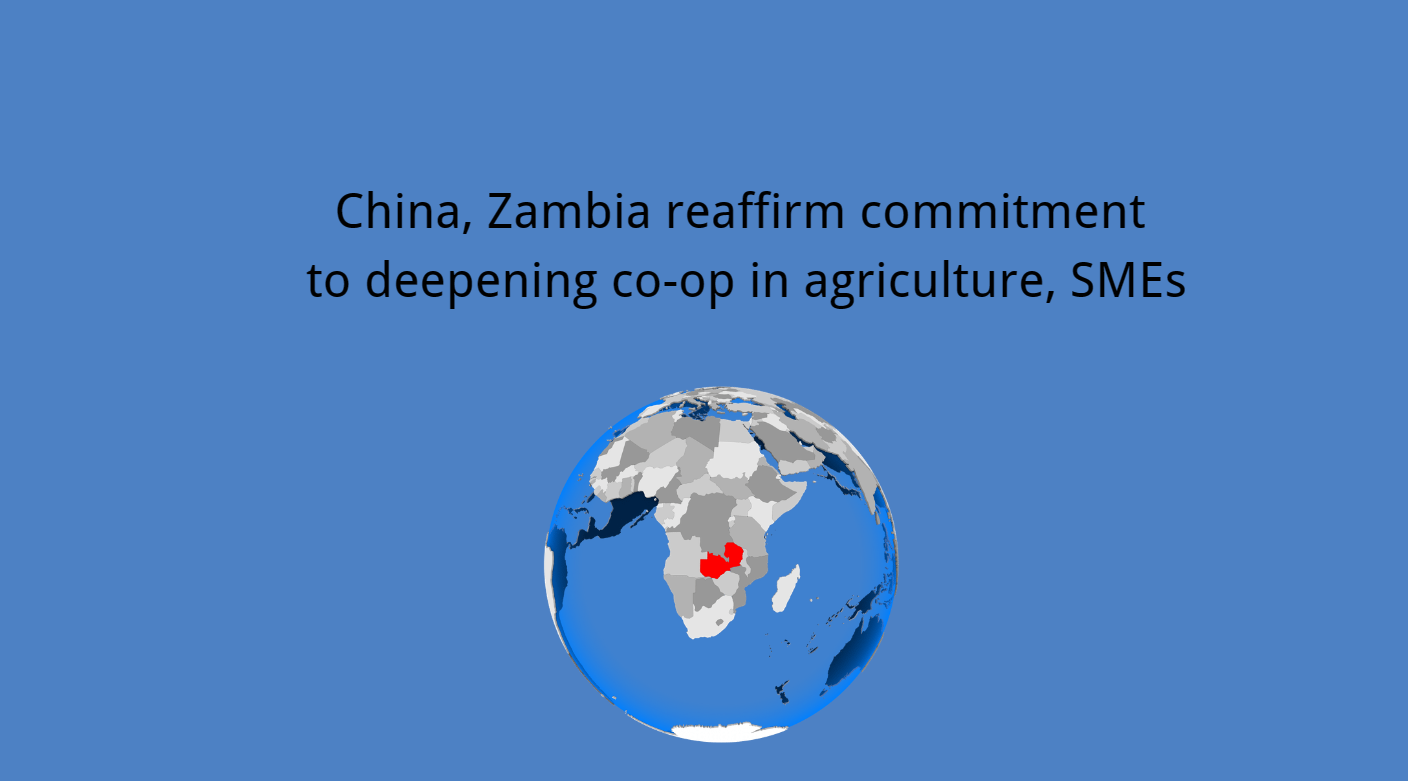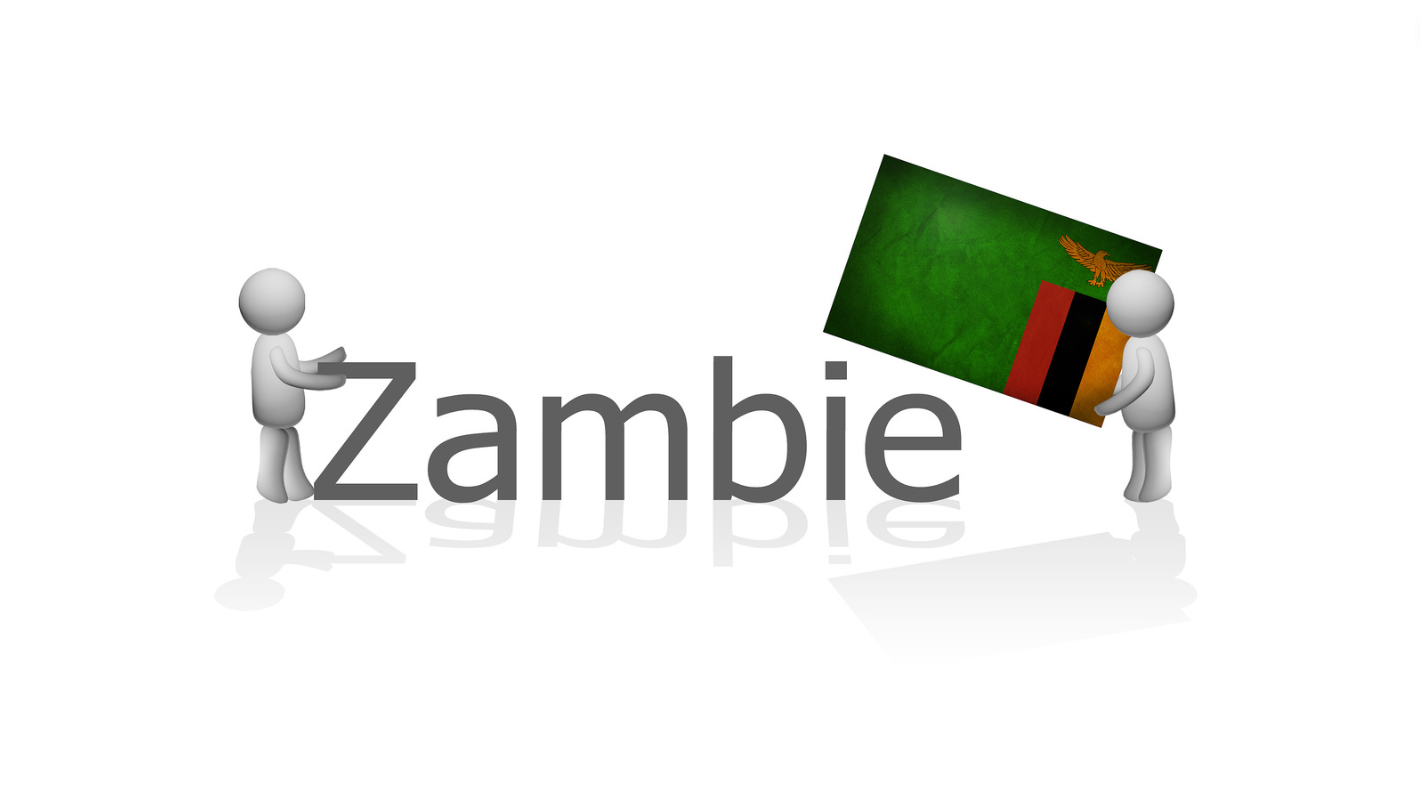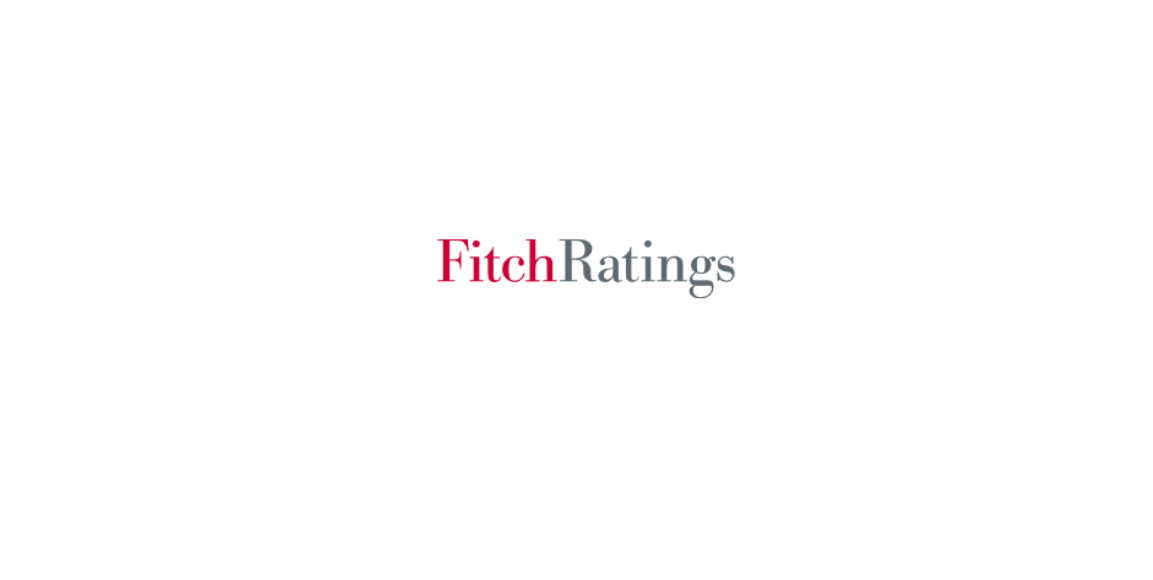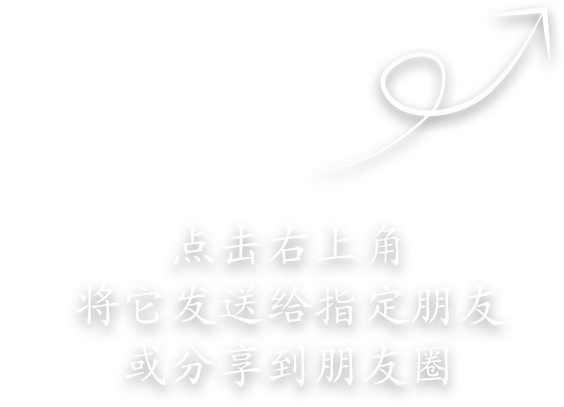Zambia Carbon Markets and Trading Interim Guidelines
The Ministry of Green Economy and Environment (“Ministry of Green Economy”) has issued interim guidelines for the handling of carbon markets and trading in Zambia (the “Guidelines”). The Guidelines cover a broader range of eligible carbon projects, unlike the Forests Carbon Stock Management Regulations S.I No. 66 of 2021 (the “Forest Carbon Regulations”) that are specific to the regulation of forest carbon projects.
The Guidelines have been issued ahead of a more detailed Climate Change Act expected to be enacted in the first half of 2023. The Guidelines provide preliminary administrative measures and procedures to guide the regulation and management of the carbon market in Zambia until the Climate Change Act is enacted.
Credibility of carbon offsets is critical for the integrity of any carbon market, and ultimately the quality and value of the carbon offsets produced. The Guidelines seek to ensure that the trade and regulation of carbon markets in Zambia does not only meet international best practice but also benefits local communities that own the natural resources.
Eligibility Criteria
The Guidelines provide the minimum criteria carbon projects must meet, namely:
1. Categories of Eligible Projects
♦The Guidelines list the following categories of eligible projects
- ♦promotion of renewable energy sources;
- ♦switching from high carbon fuel to lower carbon intensive fuels;
- ♦energy efficiency on the supply side;
- ♦energy efficiency on the demand side;
- ♦agricultural sector projects (other than land-use change);
- ♦transport sector projects (electric mobility in road or rail networks);
- ♦reducing methane emissions from landfills and other waste-handling activities;
- ♦waste management and wastewater treatment; and
- ♦reforestation, sustainable forest management, avoided deforestation, restoration and forest regeneration.
2. Suitability of Technology
The Guidelines state that technology proposed for deployment for eligible projects must be a proven, established and commercially feasible technology, although not necessarily in Zambia. It should also be replicable and/or effectively transferrable to Zambia.
3. Approved Methodologies
According to the Guidelines, an approved methodology for example, by United Nations Framework Convention on Climate Change (“UNFCCC”), Gold Standard, VERRA’s Verified Carbon Standard and others must be applied for the calculation of emission reductions for eligible projects. Additionally, there must be a measurement, reporting and verification (“MRV”) system in place in line with the applied methodology.
Screening and Approval Process
The Guidelines provide for the process of approval of carbon projects. The process of approval is as follows:
- Step 1: Submission of a concept note or expression of interest (“EoI”) in the case of forest carbon projects in line Forest Carbon Regulations, to the Permanent Secretary at the Ministry of Green economy, using a template concept note that has been developed by the Ministry of Green Economy.
- Step 2: The concept note or the EoI that is submitted in Step 1, will then be screened by the Designated National Authority–. The screening will provide a preliminary assessment to ascertain the proposed projects contribution to national adaptation aspirations, mitigation of GHG emissions, national SDGs and compliance with sectoral policy and regulatory frameworks.
- Step 3: The Ministry of Green Economy will issue the project developer a letter to submit a full project proposal, including a feasibility report. The Guidelines provide a standard of what must be included in this full project proposal.
- Step 4: The project developer’s full project proposal will be evaluated once completed and submitted. The Guidelines do not state which Governmental institution evaluates full project proposals.
- Step 5: If successful, following an evaluation in Step 4, the project is issued with .a letter of no objection.
- Step 6: The project developer must then obtain a letter of approval and authorization for the right to demand corresponding adjustments to emissions reduction. The Guidelines do not state which Governmental authority issues this letter of authorisation.
- Step 7: Continuous monitoring of project activities according to a predefined MRV plan that is used monitor and report on the proposed GHG emission standard.
-
Change in Law Risk
The Guidelines state that all carbon projects approved (prior to the enactment of the Climate Change Act 2023) will be subject to amendments in accordance with the UNFCC guidance on Article 6 (corresponding adjustments) and new regulations to be issued under the coming Climate Change Act in 2023.
As the carbon regulatory landscape continues to evolve, project developers and investors in existing carbon projects and those that are structuring carbon projects, need to ensure that change in law risk is adequately addressed in the project documents. For instance, at present forest carbon projects are already subject to an approval process described under the Forest Carbon Regulations. It is not clear how the approval process in the Guidelines will interface with the approval process in the Forest Carbon Regulations.
Further, it is not clear how potential inconsistencies between the Guidelines and the Forest Carbon Regulations will be dealt with. For instance, the Forest Carbon Regulations state that an EoI for the development of a forest carbon project must be submitted to the Director of Forestry, while the Guidelines state that this must be submitted to the Permanent Secretary at the Ministry of Green Economy.
Further, it will be important to look out for the impact of the Climate Change Act or the regulations to be issued thereunder on the obligations of developers and the risk profile of carbon projects generally.























































First, please LoginComment After ~